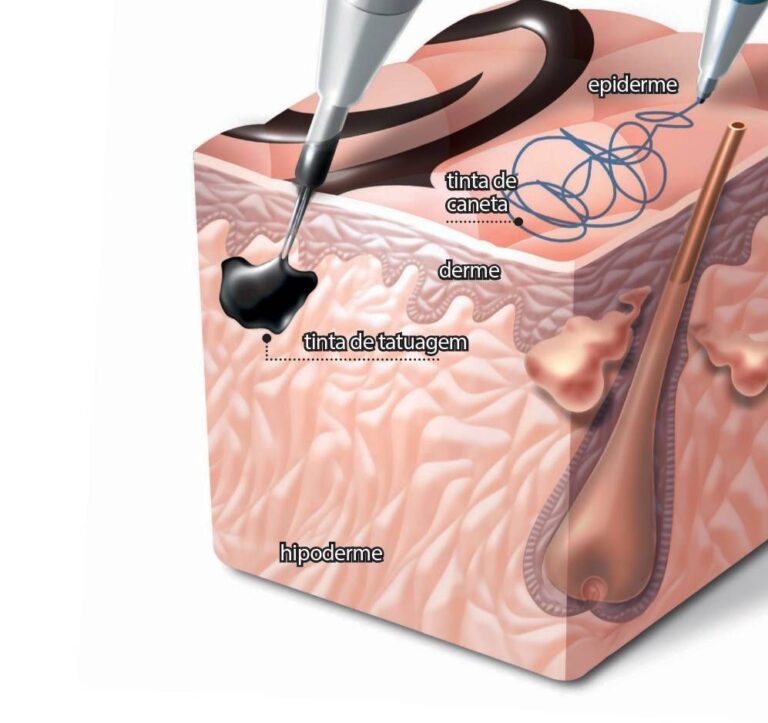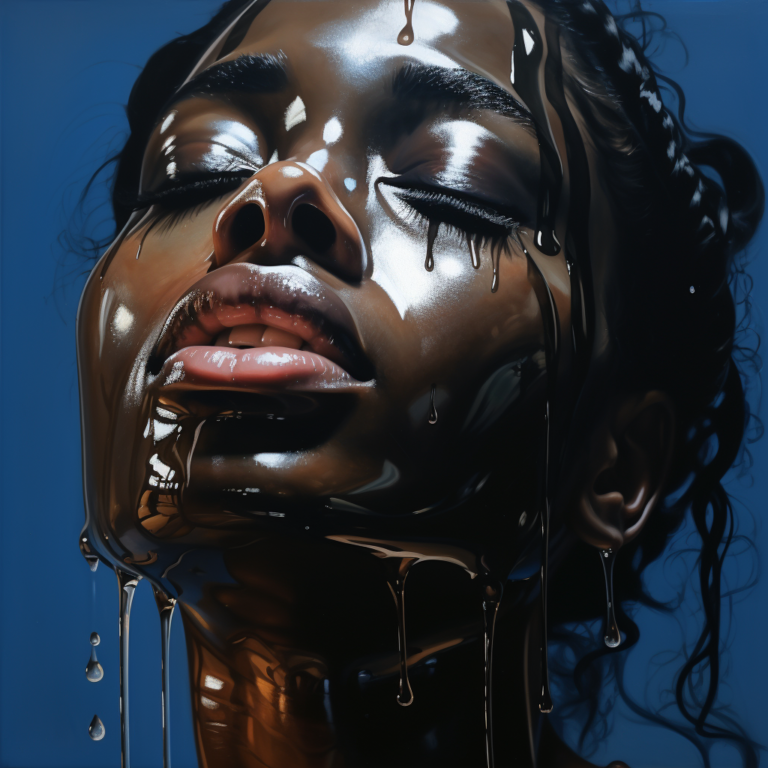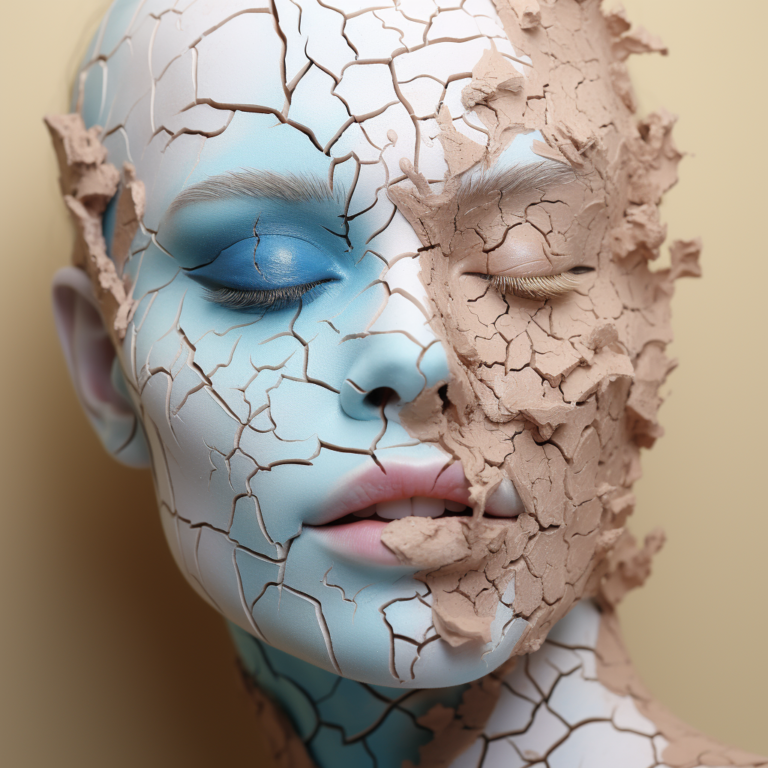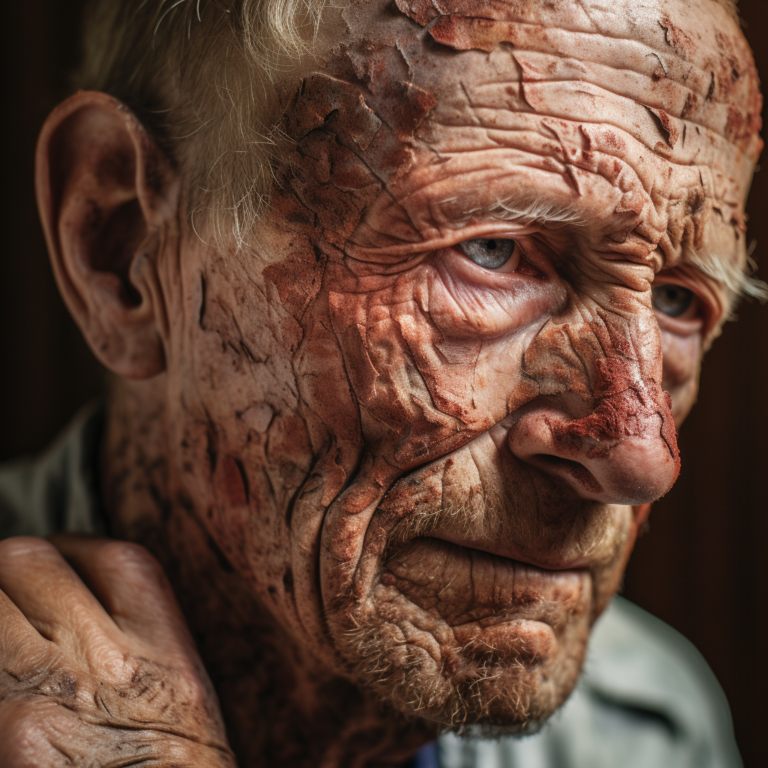Introduction:
Tattooing is an ancient art form that involves injecting ink into the skin using needles to express personal style and creativity. Tattoo needle depth plays a crucial role in determining the quality and longevity of a tattoo. This article aims to provide insights for novice tattoo artists on the importance of tattoo needle depth, influencing factors, and methods to make wise decisions during the tattooing process.
I. Why Tattoo Needle Depth Matters:
The importance of tattoo needle depth lies in its impact on the longevity and quality of a tattoo. Tattoo needles are designed to penetrate the outer layer of the skin, known as the epidermis, to deposit ink into deeper layers. The epidermis is the outermost layer of the skin, which is unstable and continually sheds. Deeper layers of the dermis provide a stable location, ensuring that the tattoo remains vibrant over time. Generally, tattoo needle depth ranges from 1 to 2 millimeters, reaching the upper dermis. This depth choice balances ink longevity with minimizing discomfort and damage.
II.Factors Influencing Tattoo Needle Depth
Several factors influence how deeply a tattoo needle penetrates the skin:
A.Tattoo Design:
Detail and Shading: Complex designs may require slightly deeper needle penetration to ensure accurate ink deposition within fine areas. Typically, a depth of 1.5 to 2 millimeters may be suitable for details and shading.
B. Gradients and Color Transitions:
Smooth gradients and color transitions require subtle depth adjustments. Transition areas may need slight increases or decreases in depth to avoid color abruptness.
C. Depth of Field:
Designs involving different levels of elements may require minor depth variations to create a sense of depth. These adjustments should be small enough to maintain clarity between different level elements.
D. Style and Art Direction:
Different tattoo styles may necessitate varying depths. For instance, intricate realism may require deeper penetration, while line-work styles may require shallower depth. Adjustments based on style are crucial.
E. Tattoo Placement:
Skin thickness varies in different body areas. For instance, areas like the palms and soles have thicker skin and require careful adjustment. Locations with more nerve endings or proximity to bones usually require shallower needle depth to reduce pain and risk.
III.Considerations for Different Body Areas:
A.Hands and Feet:
These areas have thicker skin and may require slightly deeper needle penetration to ensure ink deposition at the appropriate depth. However, due to the sensitivity of these areas, tattoo artists must exercise control over depth to avoid excessive discomfort.
B.Back and Upper Arm:
The skin on the back and upper arm is thicker and easier to control in terms of needle depth. Tattoo artists can typically maintain better control over depth in these areas, achieving long-lasting ink effects.
C.Neck and Face:
The skin on the neck and face is thinner and more sensitive. Tattoo artists should opt for shallower needle depth in these areas to minimize discomfort and potential complications.
D. Mastery of Technique:
Proficiency in tattooing techniques is essential for controlling needle depth.
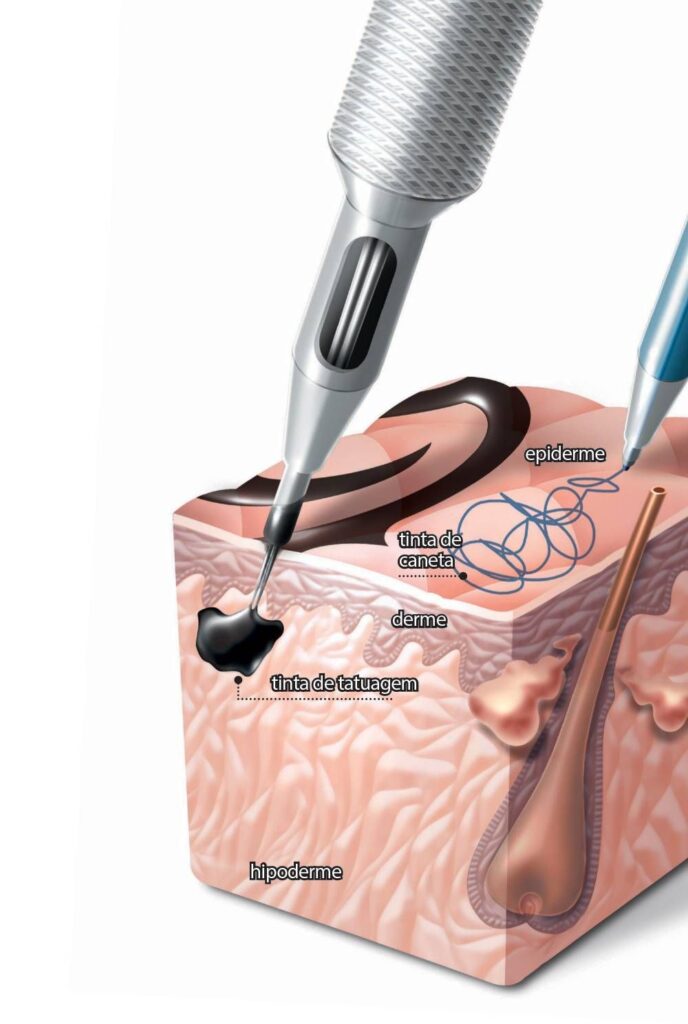
IV.Key Points for Technique Proficiency:
A.Skin Assessment:
Skilled tattoo artists can accurately assess a client’s skin type, sensitivity, and condition to make wise decisions regarding needle depth selection.
B.Needle Depth Adjustments:
During the tattooing process, artists must adjust needle depth based on different design elements and client preferences to achieve various effects like detail, shading, and gradients.
C.Hand-Eye Coordination:
Excellent hand-eye coordination is crucial when operating a tattoo machine. Mastering this skill helps in accurately controlling the position and depth of the needle, ensuring precise ink deposition.
D. Gesture and Pressure Control:
Gesture and applied pressure are vital for controlling needle depth. By mastering this technique, tattoo artists can accurately control both gestures and pressure to ensure appropriate ink deposition in the skin.
E. Different Area Handling:
Different skin areas require unique approaches. Proficient tattoo artists understand the characteristics of various body parts and adjust needle depth accordingly for optimal results.
F. Color Control:
Tattoo artists need to control ink color deposition as per the design requirements. Through skill mastery, artists can adjust needle depth in different areas and color transitions to achieve smooth color gradients.
G. Skin Types:
Different skin types react differently to tattoos, affecting needle penetration adaptability.
IV.Responses of Different Skin Types:
A.Normal Skin:
Typically easier to work with, normal skin types are relatively tolerant of slight variations in needle depth. Tattoo artists can generally maintain consistent needle depth for accurate ink deposition. However, depth adjustments may still be necessary depending on the specific design and client preferences.
B.Sensitive Skin:
For sensitive skin, tattoo artists must carefully choose needle depth. Sensitive skin may be more prone to discomfort and irritation, so artists should opt for shallower depth to minimize unnecessary pain and irritation.
C.Oily Skin:
Oily skin can impact needle depth. Tattoo artists must ensure the cleanliness and disinfection of the operating area to prevent infection. Additionally, oiliness can affect ink deposition, so artists may need to choose slightly deeper needle depth to ensure color longevity.
D. Dry Skin:
Tattooing on dry skin may require minor needle depth adjustments. Dry skin is more prone to dryness and peeling, so artists should adjust depth to ensure proper ink deposition and avoid pigment loss during the healing process.
E. Scarred Skin:
Tattooing on scar tissue requires extra caution. Scar tissue is typically thicker and may require slightly deeper needle depth to ensure proper ink penetration into the skin layers. However, artists should avoid applying excessive pressure on scar tissue to prevent further damage.
V.Finding the Balance:
Novice tattoo artists must find a balance between ink longevity and client comfort. Shallow penetration may lead to rapid ink fading, while excessive depth can increase pain, healing time, and potential complications. Artists should continuously improve their skills through training and practice to make wise decisions regarding needle depth in different situations.
Conclusion:
Tattoo needle depth is a fundamental aspect of the tattooing process. A deep understanding of skin structure, tattoo design, and technical proficiency empowers novice tattoo artists to make informed decisions during the tattooing process. Through continuous learning and accumulating experience, tattoo artists can find the perfect balance between needle depth and artistic aesthetics in each tattoo masterpiece.



